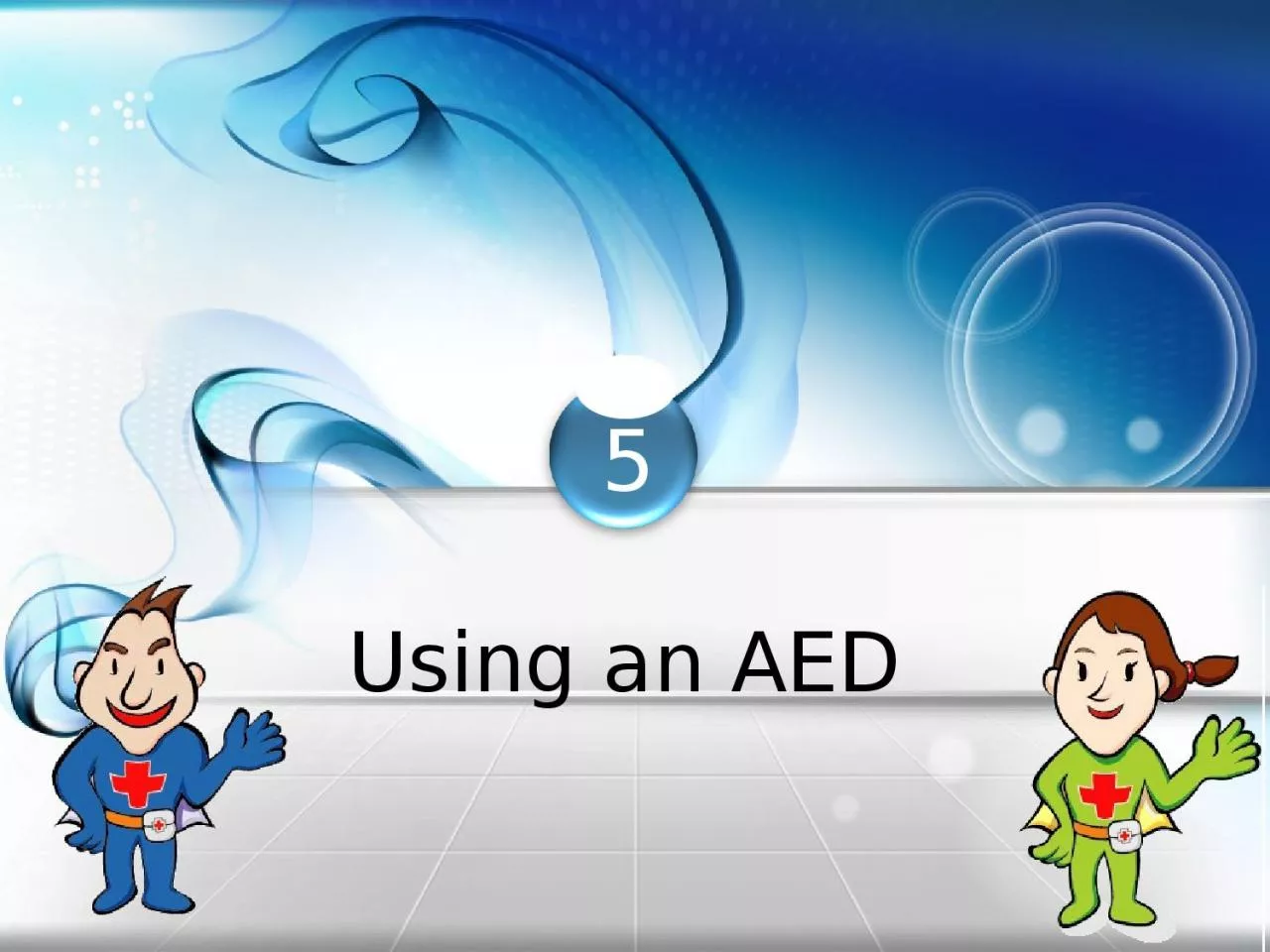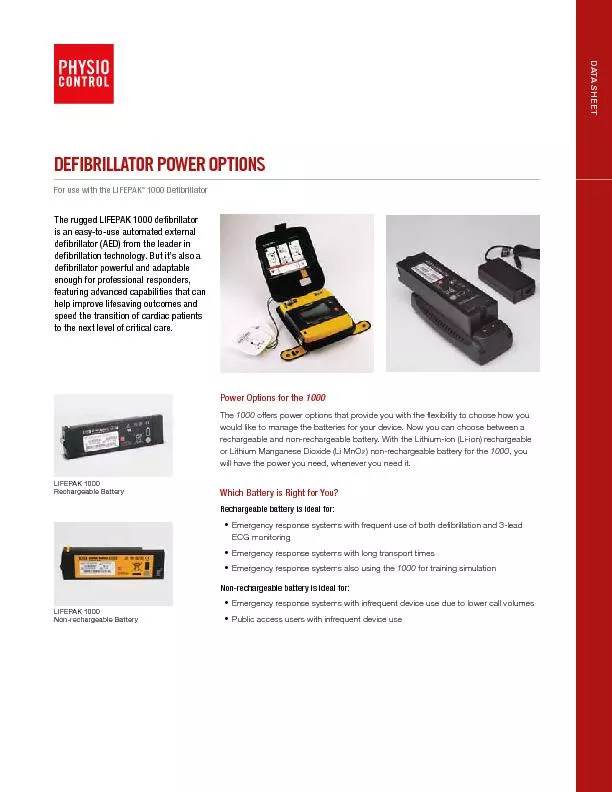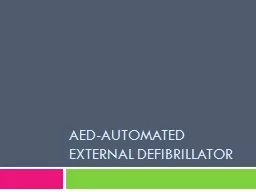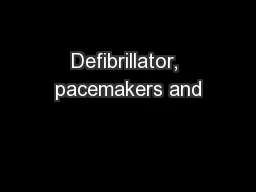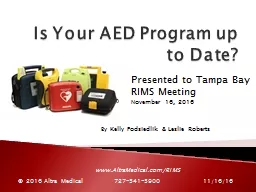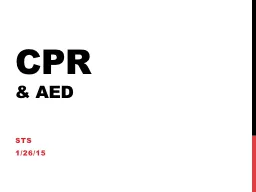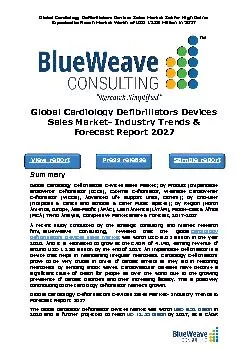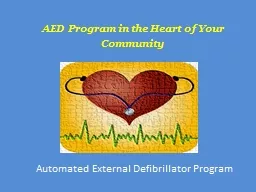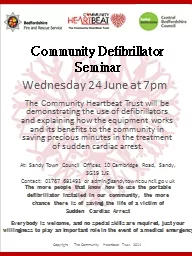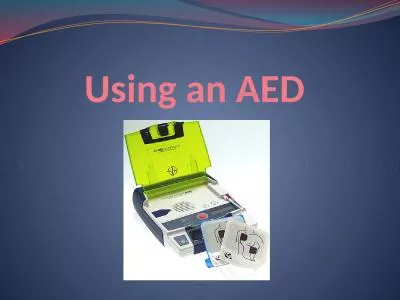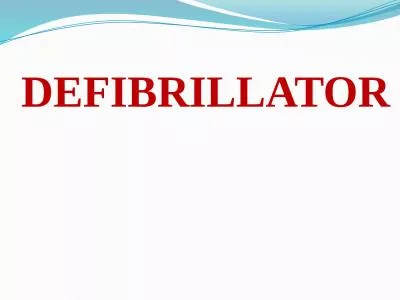PPT-5 Using an AED Using an Automatic External Defibrillator (AED)
Author : Gunsmoke | Published Date : 2022-08-04
Korean Red Cross Important Definitions Ventricular Fibrillation VF The most common abnormal rhythm the heart goes into during sudden cardiac arrest The hearts
Presentation Embed Code
Download Presentation
Download Presentation The PPT/PDF document "5 Using an AED Using an Automatic Exte..." is the property of its rightful owner. Permission is granted to download and print the materials on this website for personal, non-commercial use only, and to display it on your personal computer provided you do not modify the materials and that you retain all copyright notices contained in the materials. By downloading content from our website, you accept the terms of this agreement.
5 Using an AED Using an Automatic External Defibrillator (AED): Transcript
Download Rules Of Document
"5 Using an AED Using an Automatic External Defibrillator (AED)"The content belongs to its owner. You may download and print it for personal use, without modification, and keep all copyright notices. By downloading, you agree to these terms.
Related Documents

